Tiny House Kits for Sale in California: A Guide To Doing It Right
Have you ever dreamt of simplifying your life and embracing the tiny house movement? Tiny houses are not just a trend; they represent a shift towards minimalism and sustainability, providing a solution for those looking to reduce their footprint and live more efficiently. In California, the idea of tiny living has taken off, thanks to the availability of high-quality tiny house kits.

Related Post! How Much Does It Cost To Live In A Trailer Park In California?
Can You Buy A Tiny House Kit In California?
Yes, you can buy a tiny house kit in California. Numerous companies offer various kits, allowing customization to suit different needs and budgets. These kits comply with local building codes and can include features for sustainable, off-grid living. Always check local zoning laws before purchasing to ensure compliance.
Tiny house kits are an excellent way for you to embark on your journey towards owning a tiny home without the complexities of traditional construction. These kits are high-quality packages that come with everything you need—from pre-cut lumber to roofing materials.
They often include options for lofts, high ceilings, and customizable floor plans, ensuring you can create a space that feels like home. Some kits even offer prefab homes with innovative features like integrated plumbing and electrical systems, making the setup process as seamless as possible.
Tailored to Your Lifestyle in the Golden State
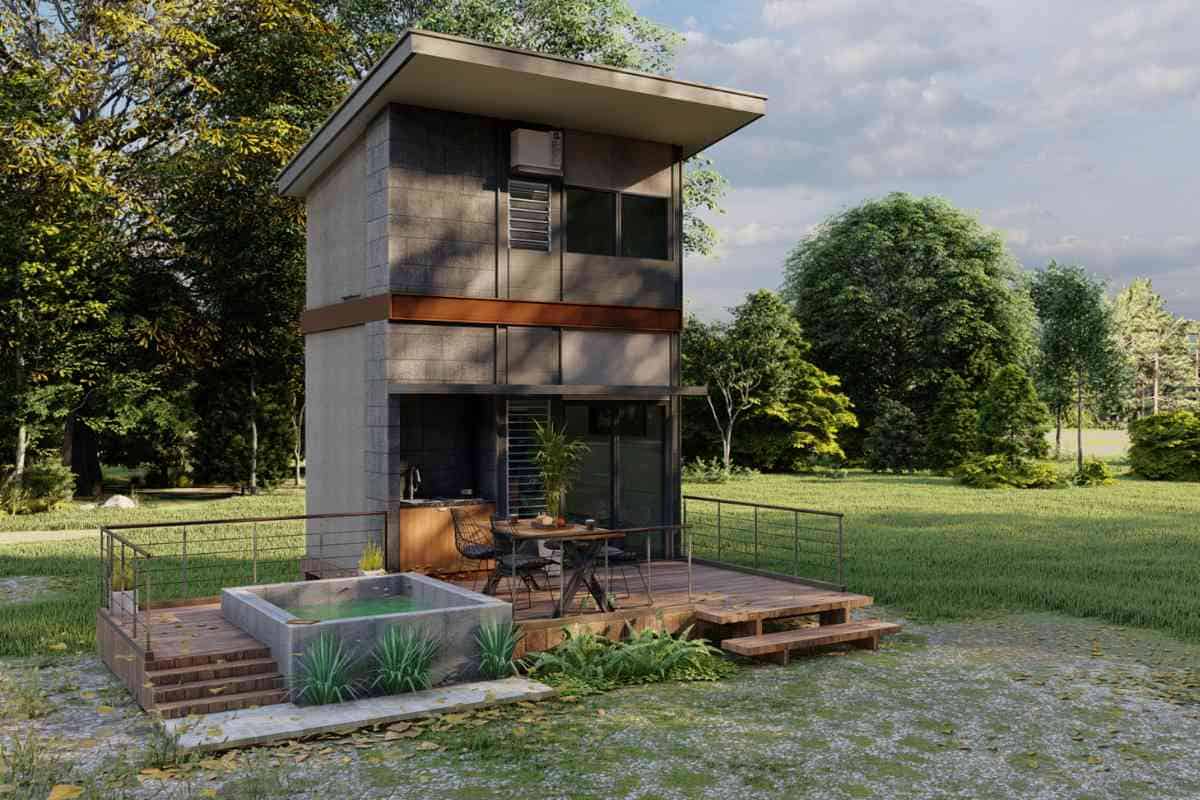
Whether you’re in the bustling city of Los Angeles or the serene Central Coast, there’s a tiny house kit that fits your location and lifestyle. Companies like California Tiny House and Forever Tiny Homes have tailored their offerings to meet the specific needs and regulations of different regions, from Northern California to San Diego. Each kit adheres to California’s stringent building codes, ensuring your tiny home is both safe and stylish.
Living Off-Grid Made Possible
For those interested in going off the grid, many tiny house kits come equipped with solar panels and composting toilets, allowing you to live sustainably and independently. Imagine the freedom of having your tiny house in your own backyard, with deck areas to enjoy the Californian sun and trailers or RVs options for mobility.
Cost-Effective Tiny Living
Starting at around $20,000, tiny house kits provide a cost-effective alternative to traditional home buying. Options range up to $100,000 for more luxurious tiny homes, but this still pales in comparison to the cost of conventional homes in the state. Not only are these kits affordable, but they also allow for personal involvement in the building process, offering a sense of achievement once your home is complete.
Getting Started
Before making a purchase, it’s crucial to understand local zoning regulations and building codes to ensure your tiny house kit complies. Consider the width, framing, and foundation options—like a steel frame or chassis—to guarantee longevity and durability. Customer service from reputable providers like Pacifica Tiny Homes can help guide you through these considerations, ensuring your tiny house journey is as smooth as possible.
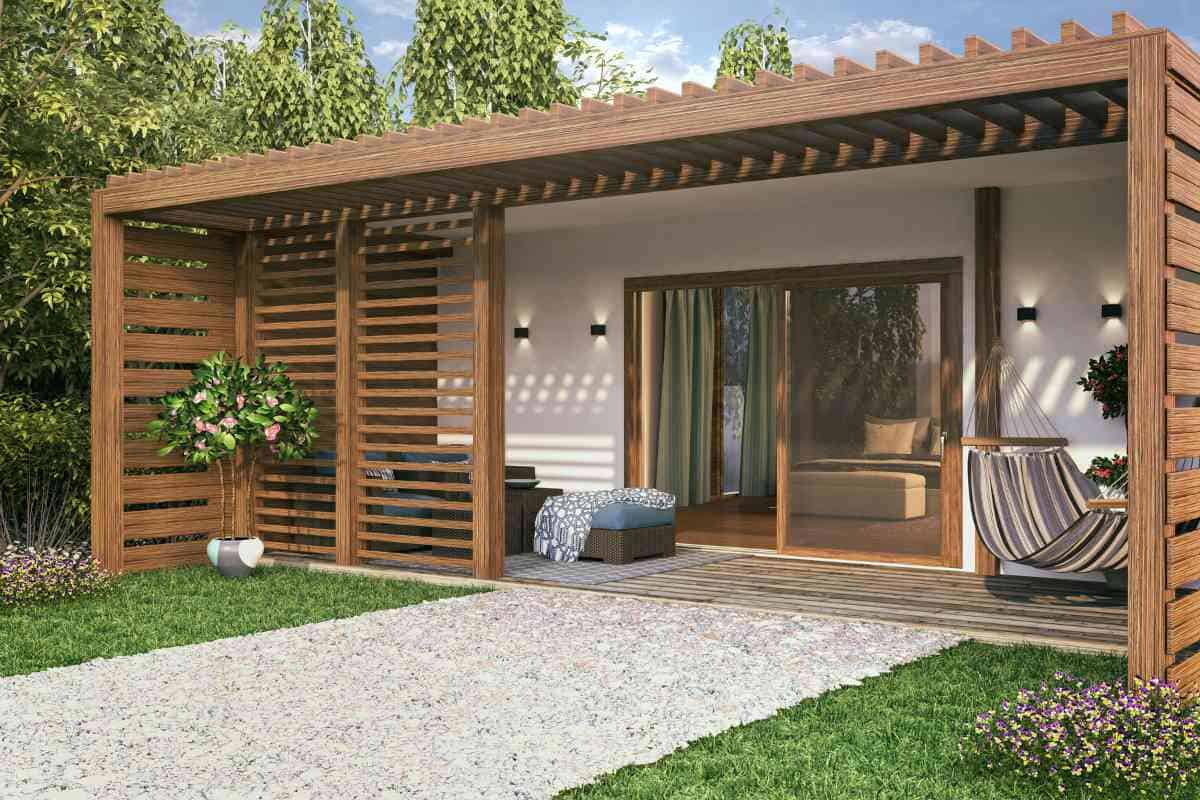
The appeal of tiny homes lies in their ability to offer freedom, simplicity, and a connection to the environment. Whether it’s a family-owned setup in Sonoma County or a sleek design in San Francisco, embracing tiny living in California is about crafting a space that fits your dreams and lifestyle. With the right tiny house kit, you’re not just building a small space—you’re creating a new way of living that is efficient, economical, and incredibly rewarding.
Related Post! Building An Earthship In California: Laws, Codes, And Tips
Explore Tiny House Kits in California: A Gateway to Minimalist Living
California remains a hotspot for the tiny house movement, offering a myriad of options for those keen on joining this sustainable living trend.
For many, the allure of constructing their own tiny home is strong, yet the demands of design and construction can be daunting. This is where tiny house kits come into play as an ideal solution, blending convenience with customization.
Variety and Customization: Choosing the Right Tiny House Kit
Tiny house kits vary widely, from basic shell kits that provide the bare essentials to comprehensive kits that include everything needed to construct a fully functional residence.
These kits might feature pre-built components like walls and roofs or offer a more hands-on building experience with materials that need complete assembly. Key considerations when selecting a kit include budget, size, and customization level. More affordable kits might necessitate additional DIY efforts, while pricier options often come equipped with extensive amenities and features.

Prominent Providers in the Golden State
In California, renowned suppliers like Tumbleweed Tiny House Company, Tiny Home Builders, and Tiny House Basics serve aspiring tiny homeowners with a variety of kits. These range in style, size, and complexity, ensuring that every prospective builder finds a kit that matches their vision and lifestyle needs.
Why Opt for a Tiny House Kit?
Tiny house kits are celebrated for their numerous benefits, making them a compelling choice for prospective homeowners in California.
- Affordability: Tiny house kits are significantly more affordable than traditional homes. They come complete with all necessary materials and plans, reducing the overall cost of home-building. Their smaller size also leads to lower maintenance and utility costs, providing long-term savings.
- Flexibility: The versatility of tiny house kits is unmatched. Available in various layouts and designs, these kits allow for easy customization and portability. This is particularly advantageous for those who enjoy travel or might consider relocating their home in the future.
- Sustainability: Embracing a tiny home is a step toward a more sustainable lifestyle. The reduced size means a smaller ecological footprint, thanks to lesser building materials and energy consumption. Many kits emphasize innovation with eco-friendly features like solar panels and composting toilets.
- Minimalism: Adopting tiny living encourages a minimalist lifestyle, compelling you to prioritize essentials and reduce clutter. This shift can lead to a more focused and meaningful way of life, emphasizing experiences over possessions.
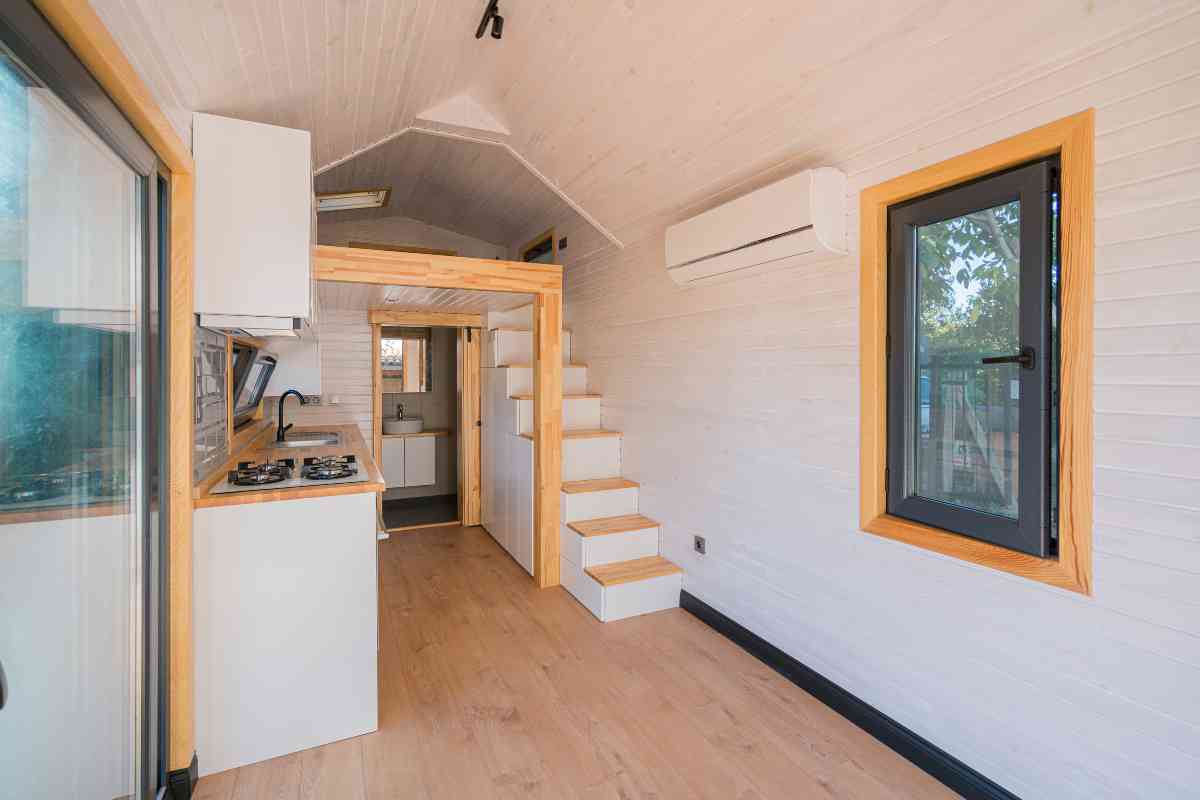
Tiny house kits in California offer an accessible path to owning a personalized and sustainable home. Whether situated in the vibrant streets of Sacramento or the peaceful landscapes of the Central Coast, these kits provide an affordable, flexible, and eco-conscious solution for modern living. Companies like Sierra Tiny Houses and Central Coast Tiny Homes continue to innovate, pushing the boundaries of what tiny homes can offer. If you’re drawn to minimalist living and are ready to build your dream home, a tiny house kit might just be the perfect starting point.
When it comes to building a tiny house in California, it’s important to be aware of the state’s building codes and regulations. These codes are in place to ensure the safety and well-being of the occupants of the tiny house, as well as to protect the environment and surrounding community.
Related Post! The Truth About Homesteading In California
Navigating Tiny House Construction in California: Codes, Costs, and Off-Grid Living
Building a tiny house in California means navigating a complex landscape of building codes and regulations, enforced by the California Building Standards Commission. Whether you’re planning on a permanent residence or a mobile tiny house, understanding these codes is crucial.
For fixed tiny houses, California caps the size at 400 square feet, while mobile versions—often built on trailers or as THOWs (tiny houses on wheels)—are limited to 160 square feet. These structures must also meet rigorous safety standards, including the installation of smoke detectors and carbon monoxide detectors, ensuring livability and safety.
The foundation of your tiny house, whether it’s a steel frame or a traditional concrete base, must comply with state regulations that mandate a permanent, secure foundation system. This could mean anchoring your home to a concrete slab or a system of piers and beams, depending on your chosen design and manufacturing specifics.
Local Zoning and Off-Grid Possibilities
Beyond statewide regulations, local zoning laws can affect where and how you can build your tiny house. It’s important to research these carefully to avoid any legal issues that could arise from non-compliance.
For those inclined towards sustainability, California’s tiny house scene is rich with off-grid possibilities. Off-grid tiny house kits typically include solar power systems, comprising solar panels, batteries, and an inverter, allowing you to harness and store solar energy. Water systems, too, are crucial; many kits feature rainwater collection systems that capture and store rainwater for all domestic uses, provided it’s properly filtered.
Complementing these are composting toilets, which offer an excellent alternative to traditional plumbing and reduce water usage, and propane stoves, which provide a reliable, electricity-free cooking option.
Related Post! Best States for Off-Grid Living: Homesteading Paradise
Cost Considerations in Tiny House Building
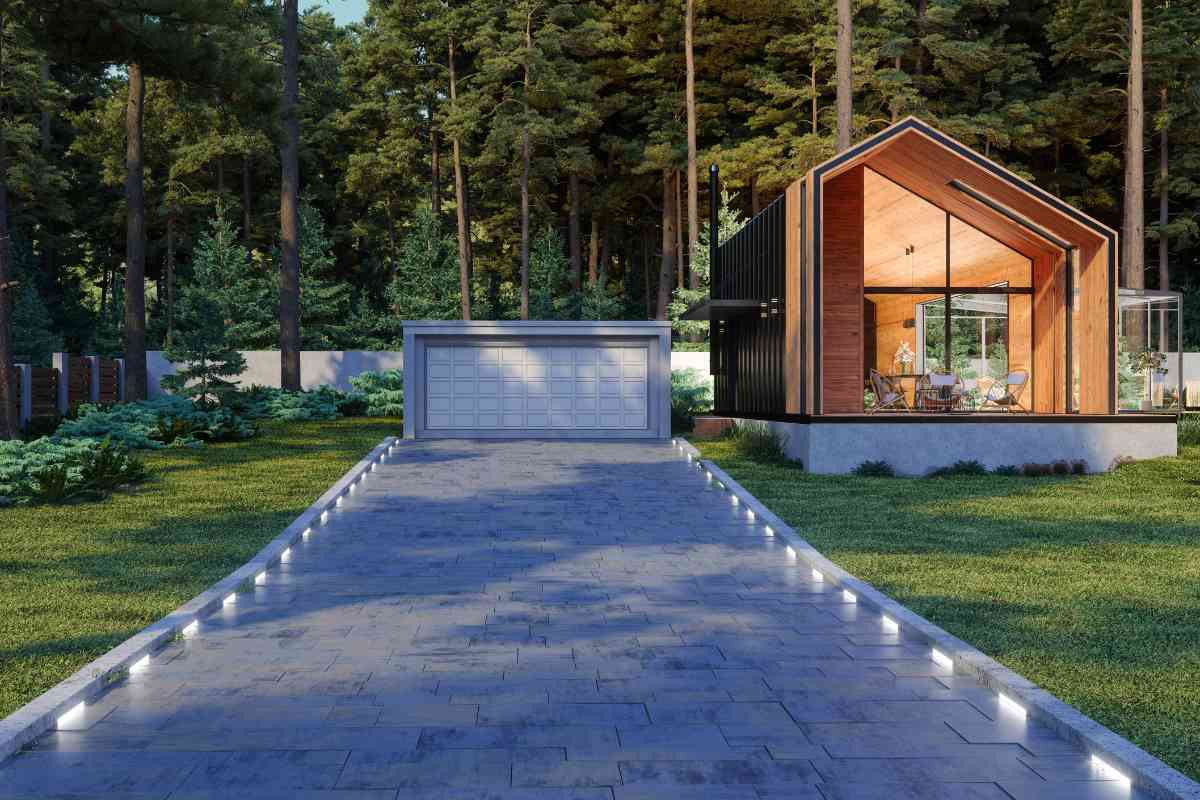
While the initial cost of a tiny house kit in California might be lower than buying a traditional home, it’s essential to consider the full spectrum of costs involved. Tiny house kits vary in price, influenced by factors such as size, materials, and the extent of customization. High-end kits, equipped with luxury tiny homes features, might approach the cost of conventional homes but offer significant savings in long-term maintenance and utilities.
When setting your budget, remember to include expenses for permits, site preparation, and utilities setup. These upfront costs can add significantly to the overall investment. Quality and durability of materials should also play a role in your decision-making process; investing more initially in a high-quality kit can minimize future maintenance costs.
Finally, consider the ongoing costs of tiny house living, which include land rental or purchase, and potentially higher costs associated with maintaining a minimalist lifestyle. Each of these factors plays a crucial role in determining the true affordability and feasibility of tiny house living.
Conclusion
Building a tiny house in California offers an exciting opportunity to create a personalized, sustainable living space. By understanding the relevant building codes, considering off-grid capabilities, and carefully planning your budget, you can ensure that your tiny house is not only a cozy and attractive space but also a practical and lawful one. Whether nestled in the Cottonwood woods or perched in the bustling United States urban scape, your tiny house can be the gateway to a simpler, more fulfilling lifestyle.

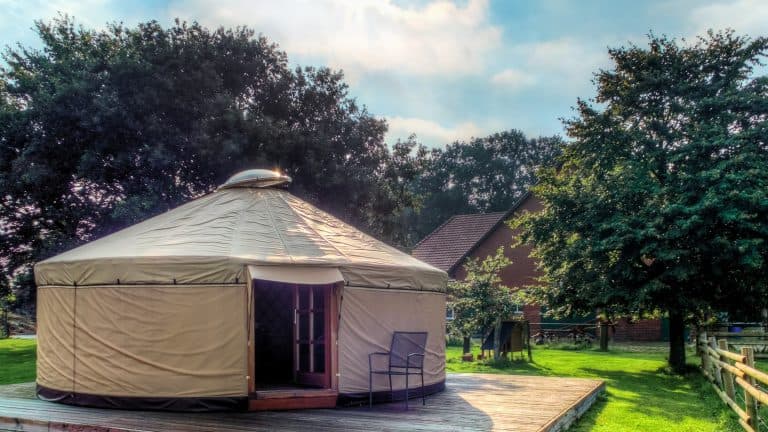

![Can You Live In A Yurt Year-Round? [4 Things To Consider!]](https://freedomresidence.com/wp-content/uploads/2022/05/Can-You-Live-in-a-Yurt-Year-Round-1-768x512.jpg)

![Are Yurts Good For Hot Weather? [4 Tips To Stay Cool!]](https://freedomresidence.com/wp-content/uploads/2022/05/Can-You-Live-in-a-Yurt-Year-Round-2-768x512.jpg)
